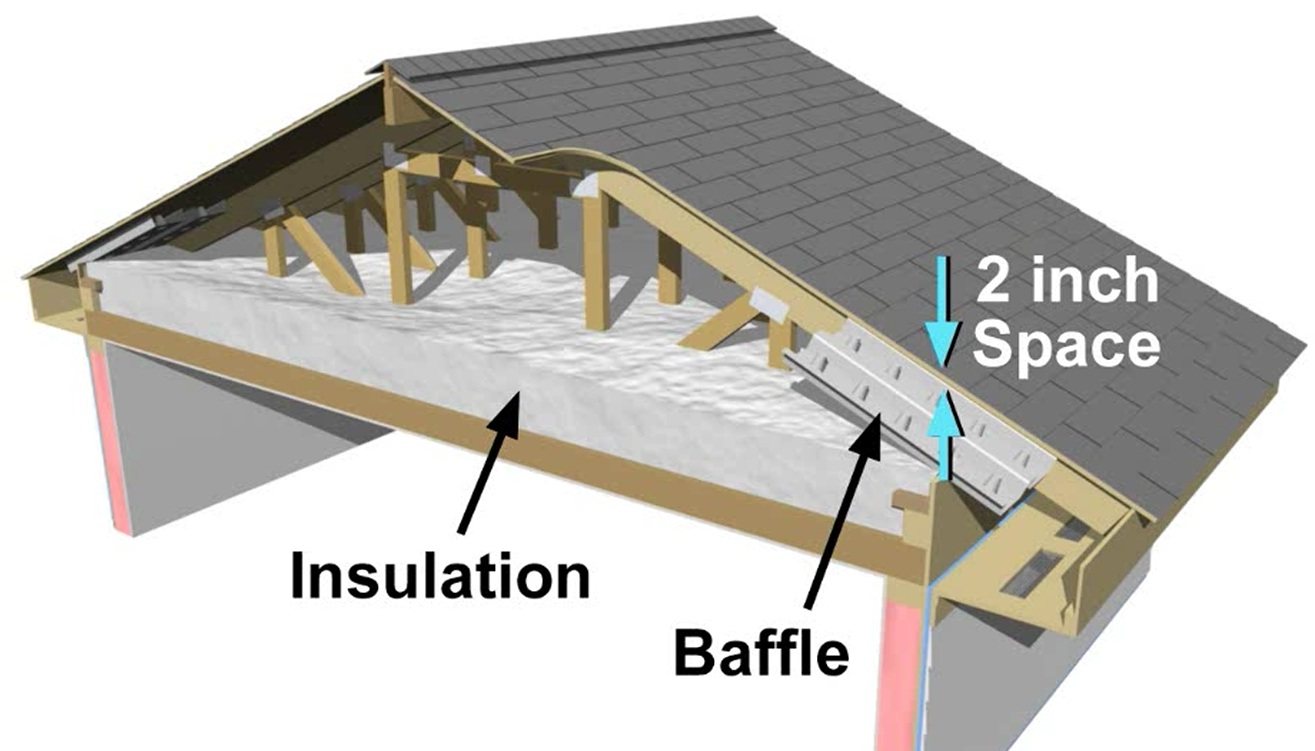When it comes to your home’s insulation, the space between your ceiling and insulation is often overlooked. However, this air gap can significantly impact your home’s energy efficiency, comfort, and even your utility bills. In this article, we will delve into the concept of the air gap between your ceiling and insulation, explaining what it is, why it matters, and how to address it effectively.

What Is the Air Gap Between Ceiling and Insulation?
The air gap between your ceiling and insulation refers to the space or void that exists between the uppermost layer of insulation and the material covering it, which is typically the ceiling. This gap can vary in size, and its presence can result from several factors, such as improper insulation installation or gaps left during construction.
Why Does the Air Gap Matter?
The air gap between your ceiling and insulation matters for several reasons:
1. Reduced Energy Efficiency
If your home has a significant air gap between the ceiling and insulation, it can result in reduced energy efficiency. Warm or cool air can escape through this gap, leading to higher energy bills as your HVAC system works harder to maintain the desired temperature.
2. Temperature Variations
An air gap can cause temperature variations within your home. Rooms with a wider air gap may feel drafty or have inconsistent temperatures, making your living spaces less comfortable.
3. Condensation and Moisture Issues
In humid climates, the presence of an air gap can lead to condensation problems. Moisture may accumulate within the gap, potentially causing mold, mildew, and even structural damage over time.
Addressing the Air Gap
Now that we understand why the air gap between the ceiling and insulation is important, let’s explore how to address it:
1. Insulation Retrofit
One effective solution is to retrofit additional insulation. You can add more insulation material to fill the gap and improve the energy efficiency of your home. This is typically done by installing insulation over the existing layer to eliminate the air gap.
2. Spray Foam Insulation
Spray foam insulation is an excellent option for sealing air gaps. It can be sprayed directly into the gap, effectively sealing it and providing a moisture barrier. This method not only enhances energy efficiency but also helps prevent moisture-related issues.
3. Air Sealing
Properly sealing any gaps or cracks in the ceiling can minimize the air gap’s size. Use caulk or weatherstripping to seal any openings around light fixtures, ceiling fans, or other penetrations in the ceiling.
4. Professional Assessment
If you’re unsure about the extent of the air gap and how to address it, consider hiring a professional insulation contractor. They can assess your home’s insulation needs and recommend the most appropriate solutions.
Read too: How Much Ceiling Height For Treadmill
Conclusion
The air gap between your ceiling and insulation is a critical factor in your home’s energy efficiency, comfort, and overall well-being. By addressing this gap through insulation retrofits, spray foam insulation, air sealing, or professional assessment, you can improve your home’s insulation and enjoy a more comfortable, energy-efficient living environment. Don’t overlook this important aspect of your home’s insulation; it can make a significant difference in your comfort and energy bills.
